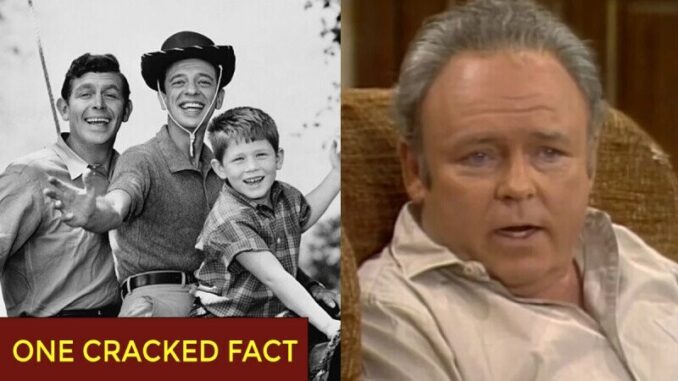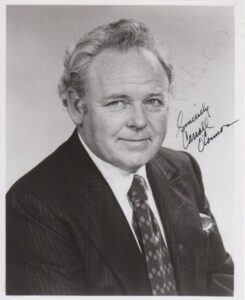
Today marks the 70th anniversary of I Love Lucy’s premiere, so we told readers to name some old sitcoms, asking them which ones they thought wouldn’t fly today. A bunch of you—Dan B., Long T., Andrea S., Beth R.—mentioned All In The Family. Although, readers disagree over just what the modern objection would be. Some say younger viewers wouldn’t accept a bigot like Archie Bunker, while others say older viewers would be furious at seeing a show mock someone like them.
Half a century after it began, it’s easy to forget that All In The Family was created very deliberately as a progressive move by CBS. We’re not just talking about how the show was all about teaching Archie lessons around social issues (the fifth episode, for instance, featured maybe the first gay character to appear on a sitcom). We’re talking about a shift in TV that’s largely forgotten now: The shift from shows set in rural areas to shows set in the city.
Certainly, CBS had set shows in cities before All In The Family. Even I Love Lucy was about an interracial couple living in New York. But in the late ’60s, their schedule was filled with rural shows, giving the network the nickname “the Country Broadcasting System.” They had comedies like The Andy Griffith Show and Green Acres, plus Lassie and a handful of Westerns. These were all very traditional stories, with the revolutionary ’60s not affecting the plots at all.

Are you imagining CBS executives being hopelessly out-of-touch with what audiences at the time wanted? Actually, by all accounts, CBS executives favored their rural shows. It was audiences who loved them, either relating to them or appreciating the escapism. But at the start of the ’70s, CBS canceled their lot, a move known as The Rural Purge. Despite the high ratings, the audiences on those shows skewed old, and CBS wanted to invest in the future.
They premiered replacements like All In The Family (followed by its half a dozen spinoffs) and The Mary Tyler Moore Show (followed by its handful of spinoffs), focusing on modern life in and around cities. For decades later, it became standard for all shows to be set, by default, in city workplaces or family homes nearby. Today, you’d think that’s how it always was.
